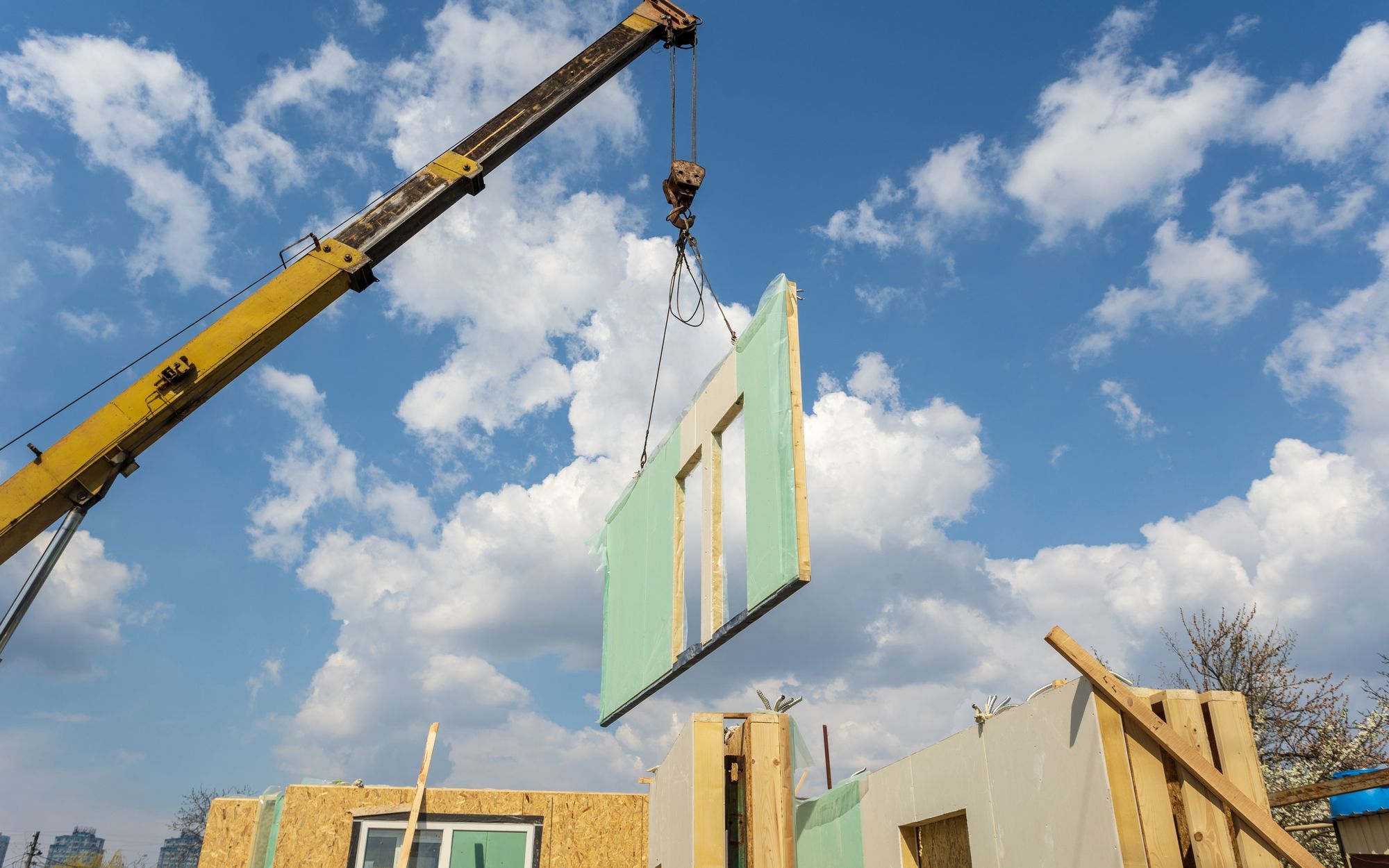Modular construction is the process by which buildings are made of individual sections (modules) constructed in an offsite facility and later assembled at the project site. Over the past several years, there has been heightened interest in using this method of construction for vertical commercial structures.
Much buzz has centered on whether modular construction can help fill housing shortages, as it has been used in London and Singapore. Government agencies in Seattle and New York City that fund affordable and supportive housing have released RFPs explicitly requiring modular construction. Second Street Studios, an affordable housing project in San Jose, CA, hosted its grand opening this past summer. It is comprised of 135 units and was built using modular construction. The hospitality industry is also getting on board, exemplified by Marriott International’s 168-room, 26-story AC Hotel New York NoMad, advertised as “the world’s tallest modular hotel.”
In June, McKinsey & Company’s Capital Projects & Infrastructure Practice released a report quantifying the potential temporal and monetary benefits of modular construction, including new data indicating that project timelines accelerate by up to 50% and costs reduce by up to 20%. According to McKinsey’s report, the full cost and productivity benefits of modular construction can depend on a variety of factors, including the applicable regulations governing construction and logistics at the project’s ultimate location.
In considering the process of modular construction, questions are frequently raised about what may be happening away from the site in terms of the method of constructing the modules, and with what materials and components. After all, it is either the state or the locality that is responsible for regulating a building’s construction when situated within its boundaries, as well as for licensing the design professionals who are authorized to certify the approvals on an authority’s behalf. When the modules are brought to the site from outside the jurisdiction, they are fully enclosed, and the work triggering licensing requirements is already concealed, preventing building inspectors from seeing how the modules have been put together.
According to the Modular Building Institute’s website, “[m]odular buildings are built to meet or exceed the same building codes and standards as site-built structures …” Other proponents of modular buildings say that because of modules’ fabrication in sections, structural inspections can be consistently performed throughout the modular construction process. Yet the fact that inspections can be performed at an out-of-state facility begs the questions of which building code is applied, and which professionals licensed by what jurisdiction will oversee construction and prepare sign-offs?
Indeed, there is no uniform building code for modular construction. There is an Interstate Compact on Industrialized/Modular Buildings, “created to promote uniformity and encourage coordination in state industrialized buildings programs in a manner to assure interstate reciprocity.” Yet since its creation in 1992, only four states (Minnesota, New Jersey, North Dakota and Rhode Island) have joined.
While all 50 states and most U.S. communities have adopted building codes based on the International Building Code (IBC) – either verbatim or in a modified version – different jurisdictions have different building requirements tailored to address their greatest risks. Wind, snow and seismic conditions impact some geographic areas more than others. Or, some areas have historically experienced disasters unique to their topography or composition, and therefore focus on certain preventive measures not required elsewhere.
For instance, New York City codes require automatic fire sprinklers and exit signs illuminated by an emergency power source. California’s fire-safe building code, a/k/a the “7A code,” sets forth specific requirements for determining whether building materials comprise “ignition-resistant construction” such that “[t]he material shall exhibit a flame spread index not exceeding 25” and “shall exhibit a flame front that does not progress more than 10 1/2 feet … beyond the centerline of the burner at any time during the extended 30-minute test period.” (704A.3(1) and (2).) (There is currently no information specific to modular construction included in the codes and standards of the National Fire Prevention Association.)
There are variations in how and to what extent different national jurisdictions have approached the regulation of modular construction. The approach taken by the authority(ies) having jurisdiction over the project site will inform the relevant benefits of using this process. Currently, 35 states have a statewide administrative agency that oversees modular construction with either its own inspectors or contracted independent, third-party engineers or architects responsible for inspecting plants and plans, quality control process review and inspections, and for ensuring that plumbing, fire suppression piping, electrical or oil-burning equipment assemblies within the modules meet the codes at the final destination, for which they provide a signed certification. This process is consistent with IBC section 104.4, entitled, “Inspections,” which authorizes the building official, if he or she does not personally make the required inspections, “to accept reports of inspection by approved agencies or individuals [which] shall be in writing and be certified by a responsible officer of such approved agency or by the responsible individual.” Once the modules are relocated to the project site, the local inspectors oversee the final steps such as connecting the plumbing, fire protection, and electrical systems from module to module. And in the event of perceived damage to a module, IBC § 116.1 authorizes a local building department inspector to enter the premises and visually inspect to ensure safe conditions.
Of those 15 states without an agency specifically governing modular construction, instead of sending inspectors to facilities hundreds or thousands of miles away, some use third-party inspectors and/or video inspections utilizing technologies such as Skype or FaceTime. This year, the National Fire Prevention Association (NFPA) Standards Council created a new Technical Committee that will develop a new Standard for Remote Inspections (REI-AAA), with the plan to assist jurisdictions in adopting procedures for facility inspections that use current technologies to collect, manage and archive the visual “data,” and implement cybersecurity protocols.
Finally, consideration must be given to the project location’s transport regulations. If restrictive, such regulations can increase the total cost of a project by up to 10%, according to the McKinsey report. Limitations on access to early mornings and weekends and other restrictions impede the opportunities in which to transport 72-foot long boxes to their destinations. Also, the size and weight of the module will determine the type of crane needed that can handle the capacity, and the requisite certification of the person operating the crane.
Over time, in the face of disruptive industries, government regulations tend to evolve in order to accommodate progress and market efficiency. While some of the current applicable regulatory frameworks create barriers to time and cost savings, the immense popularity of modular construction and its perceived ability to ameliorate housing shortages will likely cause those frameworks to adjust accordingly, and further promote a construction method that shows great promise at multiple levels.







